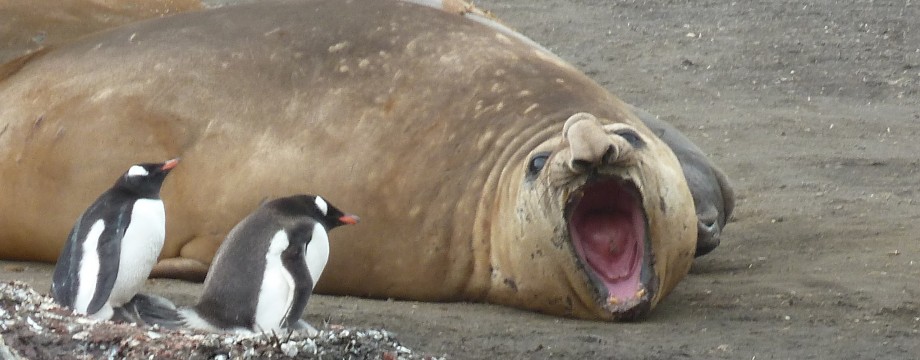Tukuyu is just a couple of hours south of Mbeya so I hopped a bus one morning and headed down there where I found a guide to take me to see the Bridge of God. I hadn’t seen any pictures of the bridge beforehand, so I didn’t know what to expect. It is quite a name to live up to after all! All I knew is that it was a natural bridge but I didn’t really know what that meant.
Christopher met me as I got off the dala dala and we set out on an eleven kilometer walk through several villages. We could have taken motorcycle taxis instead, but that didn’t sound as interesting as seeing village life.
We walked along a dusty road for the first bit. With every step, I managed to kick up far more dust than Christopher, no matter how gently I tried to walk. As we passed one particular home, a little boy playing outside glanced up at me and said, “mzungu,” in a tone of utter astonishment and awe that it’s usually reserved only for astronauts seeing earth from outer space for the first time! I guess not too many foreigners come by here.
The walk took about two hours and brought us through three different villages. We stopped at Christopher’s house for a short break where I met three of his five children. His other two kids were at school and he guessed his wife must be working in the field somewhere. I can’t imagine in the West leaving three kids between two and seven years old home alone, but village life is quiet and routine so there’s relatively little trouble for the kids to get into on their land. This village had a population of about 4,000 and had nine different churches. Christian missionaries had historically been very active in this part of Africa and Christopher’s village reflected this. Most houses were made of either wood or mud brick. The community did not yet have electricity, though it is expected to come in the next few years. In the meantime, Christopher must walk to the village office just off the highway to charge his mobile phone. Running water comes from a tap in the yard or a shared tap. Most of the people in the village farm some combination of bananas, mangos, avocados, tea, and coffee. The landscape reminded me of a friend’s grandfather’s farm in rural Dominican Republic: rolling hills in all directions; rich, red volcanic soil; and green fields.
From Christopher’s house, it was only another twenty minutes to reach the bridge. We descended a steep hill, crossed the highway, and followed a path to reach a Russian built bridge where we had a great view of the Bridge of God. When the Russian bridge was built in the 1970s, there was no real need for it as the other side had no road and only three homes, and the residents were happy to use the Bridge of God to walk across the river. Locals eventually concluded the Russians were actually there to look for mineral deposits. They did in fact find some minerals but not in quantities to justify the costs of mining.
I’ll tell you, the Bridge of God was an impressive sight. The bridge spans the Kiwira River and is made of lava. Some grass and a few flowers have managed to sprout from the bridge.
We walked the twenty meters from the Russian bridge to the Bridge of God. We sat on the riverbank just in front of the bridge. The river flowed quickly here and dropped down a short but sufficient waterfall immediately after passing under the bridge. It felt good to stick my hands in the cool water under the hot afternoon sun.
Christopher and I stayed for about an hour before heading back. This time, we planned to take motorcycle taxis but no available ones passed us so we walked along the highway for about half an hour until we reached the village office. We boarded a dala dala and our fellow passengers included about a dozen massive, heavy looking bushels of bananas, a squealing, miserable pig in a burlap sack, and a few people. The dala dala wasn’t much faster than walking and about five minutes from our destination of the main highway, we got a flat tire so we got out and walked. At the main highway, I took a dala dala back to Tukuyu. In Tanzania, they tend to drive dala dalas until they fall apart. This particular dala dala had clearly been around for awhile as it was so rusted that I could see the road passing beneath my feet through quarter sized holes in the floor.
Back at my hotel, I showered to remove the thick layer of dust that was coating my skin.
I ordered dinner in the hotel restaurant when the power went out. Other people used their mobile phones as light sources but I have been phoneless for close to a year now, so I sat quietly in the peaceful dark and closed my eyes for a good amount of time. I was quite happy to relax alone when a man at the next table asked if he could join me. He had been grown bored of playing games on his phone and wanted some company. I actually preferred to be on my own but couldn’t politely refuse, so he moved to my table. Before long, he and I were having a fantastic conversation about the differences and similarities between Tanzania and Canada and the US. We spent hours talking about education, family life, AIDS, homosexuality, finances, and hobbies in our respective countries. The power came back on around ten, at which point we decided to call it a night.













